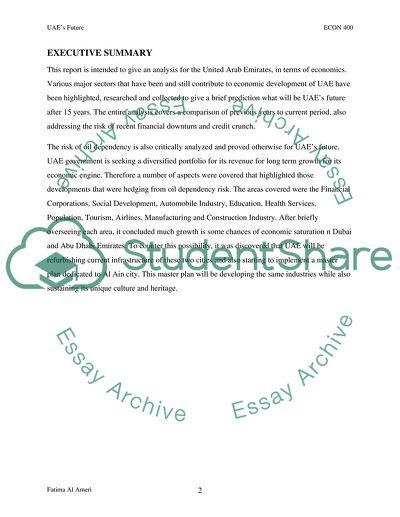Cite this document
(Future of United Arab Emirates Coursework Example | Topics and Well Written Essays - 4750 words, n.d.)
Future of United Arab Emirates Coursework Example | Topics and Well Written Essays - 4750 words. Retrieved from https://studentshare.org/macro-microeconomics/1724325-uaes-future
Future of United Arab Emirates Coursework Example | Topics and Well Written Essays - 4750 words. Retrieved from https://studentshare.org/macro-microeconomics/1724325-uaes-future
(Future of United Arab Emirates Coursework Example | Topics and Well Written Essays - 4750 Words)
Future of United Arab Emirates Coursework Example | Topics and Well Written Essays - 4750 Words. https://studentshare.org/macro-microeconomics/1724325-uaes-future.
Future of United Arab Emirates Coursework Example | Topics and Well Written Essays - 4750 Words. https://studentshare.org/macro-microeconomics/1724325-uaes-future.
“Future of United Arab Emirates Coursework Example | Topics and Well Written Essays - 4750 Words”, n.d. https://studentshare.org/macro-microeconomics/1724325-uaes-future.


